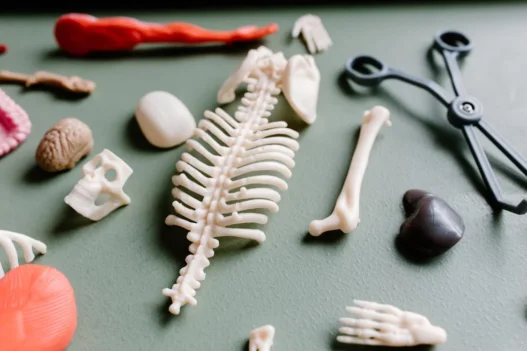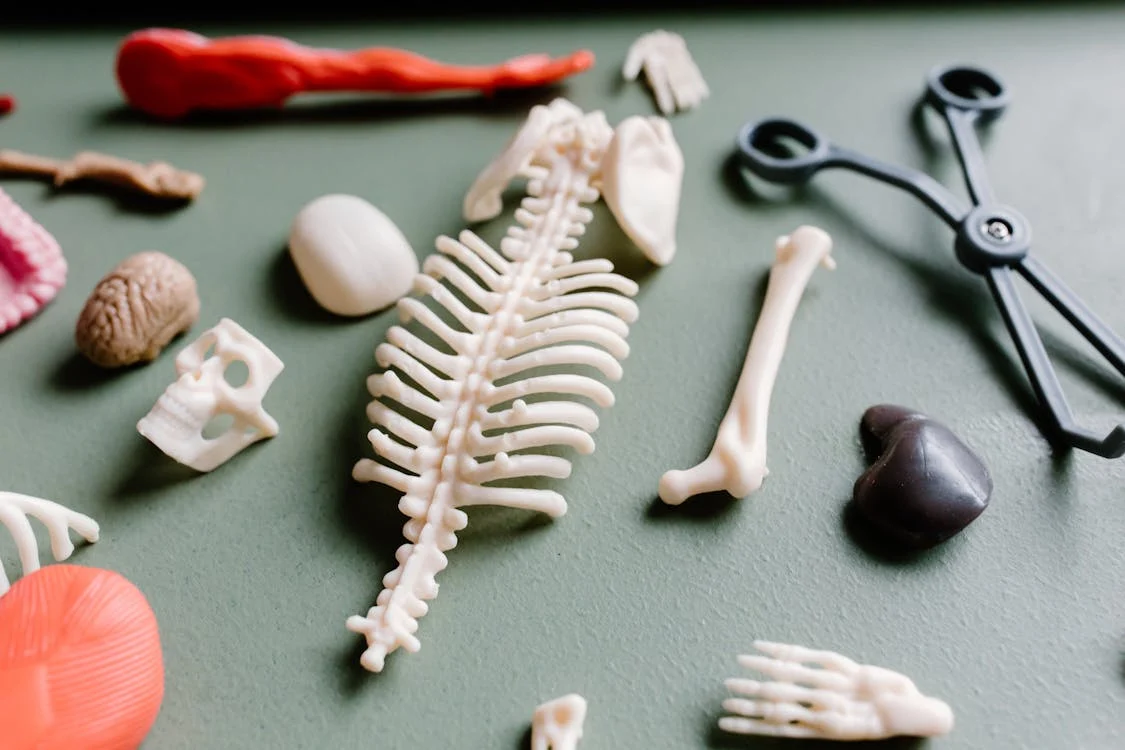Repositioning the right tarsal joint with an external fixation device involves adjusting the position of the joint using a device placed externally on the body. This procedure is done through an external approach, meaning the joint is accessed from outside the body.
Table of Contents:
- 🔎 Clinical Indication
- 📋 Preparation
- 📖 Methodology
- 🩹 Recovery
- 🚨 Complexity & Risk
- 🔀 Similar Procedures
🔎 Clinical Indication
Repositioning the right tarsal joint with an external fixation device may be necessary in cases where the joint has been dislocated or fractured. This procedure allows for proper alignment and stabilization of the joint to promote healing and prevent further damage.
The external approach to the tarsal joint involves making an incision near the site of the injury to access the joint. By using an external fixation device, the surgeon is able to manipulate the bones back into alignment and secure them in place for proper healing to occur.
📋 Preparation
Before undergoing a reposition of the right tarsal joint with an external fixation device, patients will typically need to undergo a thorough examination by a medical professional. This examination may include imaging tests such as X-rays to determine the extent of the joint dislocation.
Additionally, the patient may need to abstain from eating or drinking for a certain period before the procedure to reduce the risk of complications during the repositioning process. The medical team will also ensure that all necessary equipment for the external fixation device is readily available and properly sterilized before beginning the procedure.
📖 Methodology
During 0SSHX5Z, the surgeon repositions the right tarsal joint using an external fixation device through an external approach. This procedure involves manipulating the bones and ligaments in the joint to correct misalignment or instability. The external fixation device helps maintain the proper position of the joint during healing.
🩹 Recovery
After undergoing a reposition of the right tarsal joint with an external fixation device, the patient will typically need to follow a structured rehabilitation program. This may include physical therapy to regain strength and mobility in the affected joint.
The external fixation device will need to be carefully monitored by healthcare professionals to ensure proper healing and alignment of the tarsal joint. The patient will also need to adhere to any weight-bearing restrictions and follow-up appointments to track progress.
Recovery time can vary depending on the extent of the injury and individual healing capabilities, but patients can expect to gradually increase their activity level and function over time with the guidance of their healthcare team. It’s important to communicate any concerns or setbacks with your healthcare provider to ensure a successful recovery.
🚨 Complexity & Risk
Performing 0SSHX5Z, or repositioning the right tarsal joint with an external fixation device through an external approach, is a highly complex procedure. This involves carefully manipulating the joint and securing it with an external device to ensure proper alignment.
One potential risk to patients undergoing this procedure is the possibility of complications such as infection, nerve damage, or failure of the joint to heal properly. The intricate nature of the surgery requires skilled and experienced medical professionals to minimize these risks and ensure a successful outcome for the patient.
🔀 Similar Procedures
Another medical procedure similar to Reposition Right Tarsal Joint with External Fixation Device is repositioning a dislocated shoulder using an external fixation device. This procedure involves realigning the shoulder joint and securing it in place with an external device, similar to how the tarsal joint is repositioned with an external fixation device.
In both procedures, the external fixation device keeps the joint in proper alignment while it heals, preventing further damage. This allows for proper healing of the joint and reduces the risk of complications that can occur with untreated joint dislocations.

